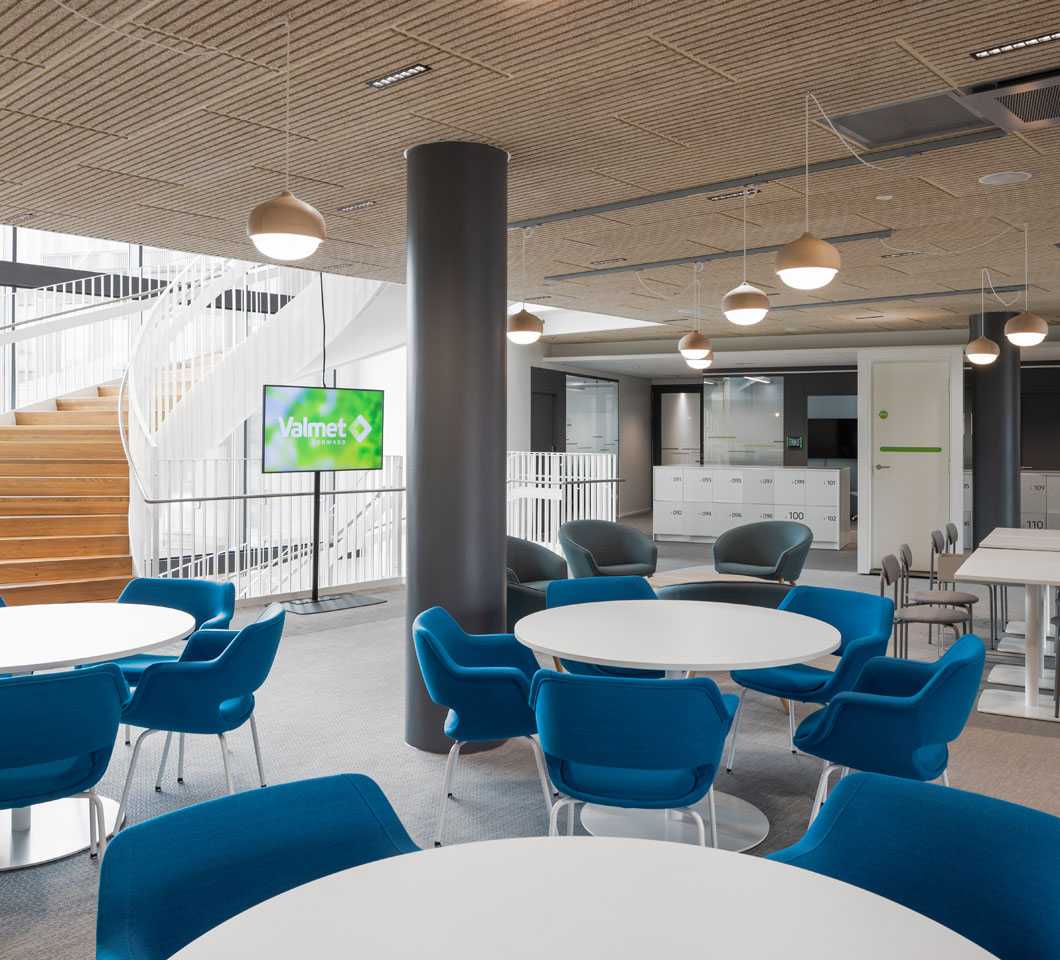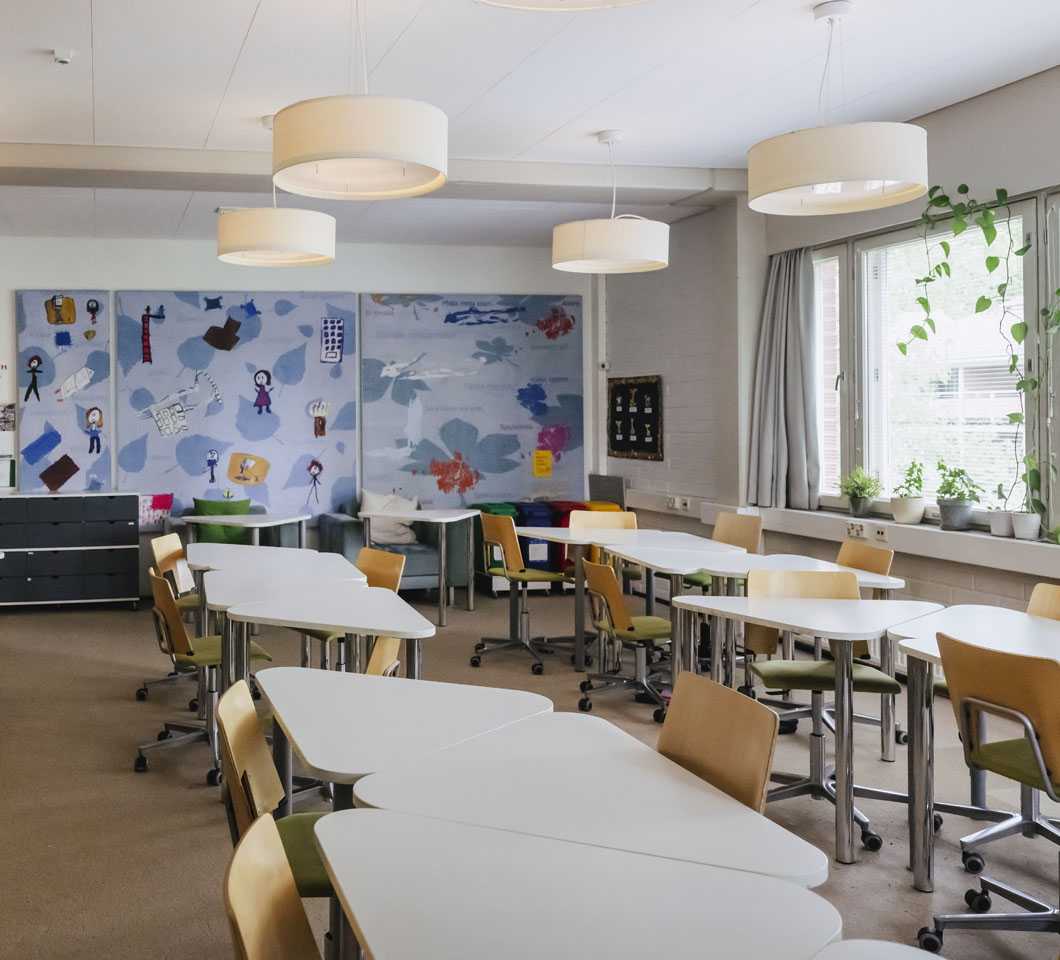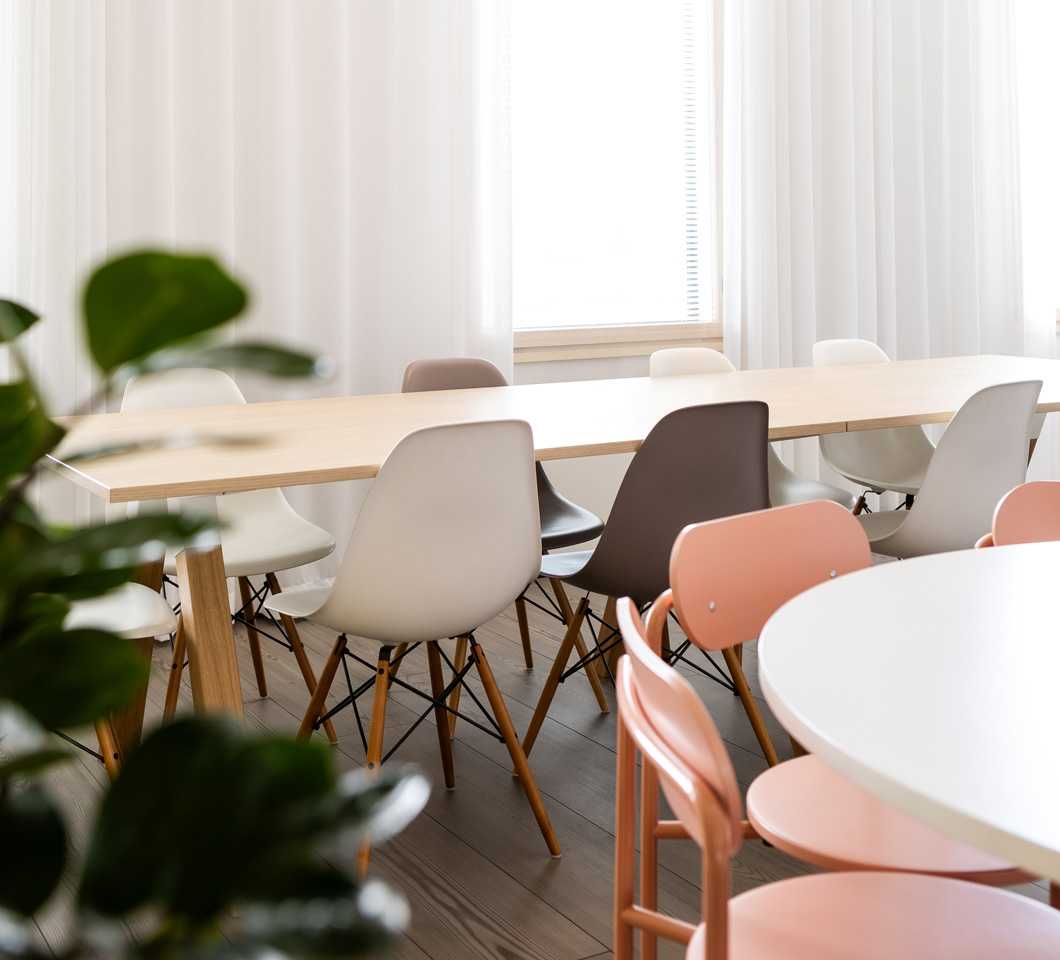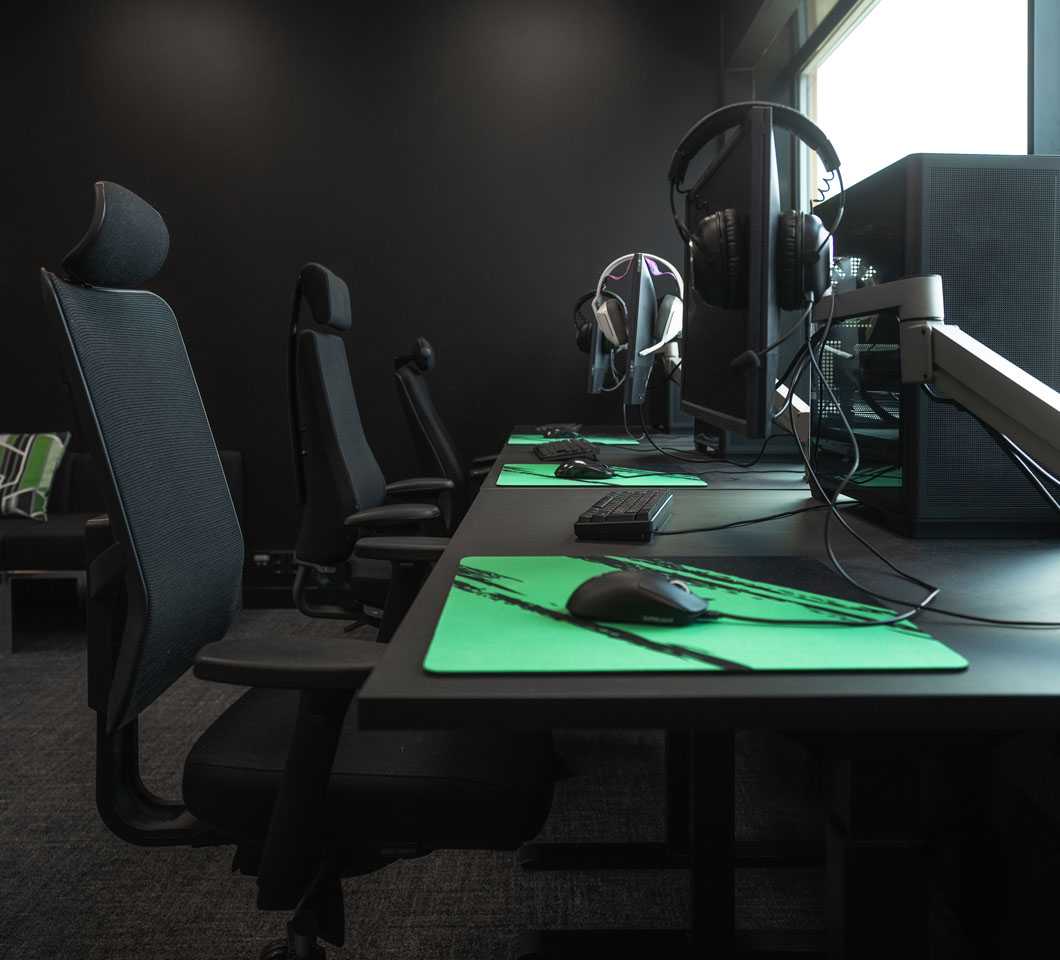Background to the project
Efficiency requirements are highlighted in public discussion nowadays and municipalities are on an especially tight budget. Kaarina City decided to look for savings in the cost of premises rather than personnel.
“We were suffering from indoor air problems in the old town hall. The staff was relocated around city premises over the years, wherever there was space available. With the project we wanted to guarantee a safe work environment for all of our staff as well as to increase work efficiency and reduce unnecessary expenses,” says Harri Virta, Mayor of Kaarina.
The possibility of combining the library and the town hall facilities was assessed in 2013. It was discovered that by combining the facilities there were significant mutual benefits for both parties. Conference rooms and exhibition spaces were shared. A shared municipal service point was placed in the library. The project plan of Kaarina House was launched in 2014 and it was accepted in the spring of 2015.
Significant savings in space and expense
The basis for the design was to create a more efficient workspace and to significantly cut costs. The City studied the needs of its employees and interviewed the line managers directly involved in the process. As the cost and size of the workspace could not be increased, the City was offered Martela’s activity-based office –model.
Martela conducted a work environment survey for the City of Kaarina as part of the specification process. In the survey the working habits of the employees and their wishes regarding their work were analysed. In the process it was revealed that most of the employees did not require their own personal workspace. Even though the premises constitute a significant part of expenditure, many of the workspaces were unused for most of the working week. The goal of the project was set as increasing workspace efficiency and reducing unnecessary rental and heating costs.
An activity-based office as a solution
The transition to an activity-based office requires a change in the working culture. The staff was engaged in the process by introducing activity-based office possibilities to them. The versatile space concept offers a variety of work environments to suit different tasks. The activity-based office supports a new way of working which can be characterised by sharing, cooperation and creativity, as well as a better quality of work and productivity.
The most significant strategic goal in workspace solutions is to make leadership and communications easier, increase interaction between employees, have a customer-oriented approach, have spaces that support the individual working needs of employees, and to create job satisfaction. “It is important that the new activity-based office becomes an environment that supports the well-being of the employees,” says Virta.




